The Dugong Is the First Large Vertebrae to Become ‘Functionally Extinct’ Off China’s Coast
The dugong, a species of sea cow that’s said to have inspired ancient tales of mermaids, has been declared “functionally extinct” in China’s coastal waters. The creature, which roams the waters of the Indo-West Pacific, began seeing a significant decrease in its population in the mid-1970s.
What is a dugong?
Dugongs are the only surviving species of the Dugongidae family and are one of three animals to belong to the Sirenia biological order. Sirenias are fully aquatic, herbivorous mammals that typically inhabit such waterways as rivers, coastal marine waters, swamps, marine wetlands and estuaries.
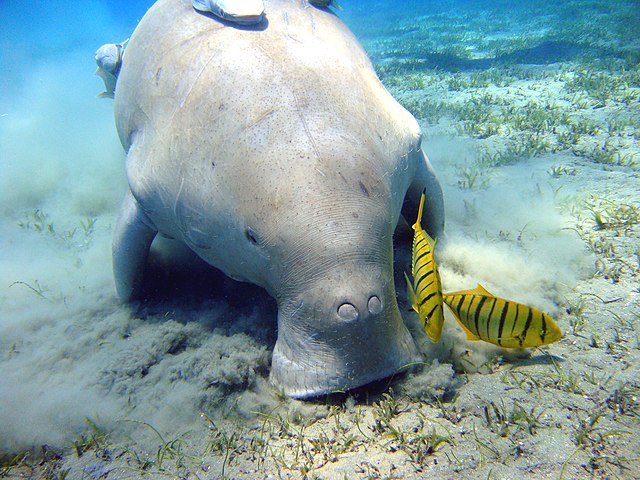
The sea mammals feature large bodies with droopy faces and flat, dolphin-like tails. Adults can grow up to 13 feet and weigh well over 880 pounds. While they’ve been known to live up to 70 years old, they have a slow rate of breeding, which means it’s difficult for them to bounce back from population disruptions.
Dugongs could once be found in waterways around the world, but now typically reside in the waters around Australia, Asia and Africa. While they can dive as low as 39 meters in search of food, they are usually found at depths of around 10 meters below sea level.
These social animals typically live alone or in pairs, largely due to the inability of seagrass beds to support large populations. When seagrass isn’t available to eat, they’ve been known to ingest algae, sea squirts, jellyfish and shellfish. Dugongs have few natural predators, but killer whales, crocodiles and sharks are known to attack their young.

While it might appear as though scientists have uncovered a lot about dugongs, that isn’t actually the case. They’re shy and tend to avoid humans, so little is known about their behavior.
“Functionally extinct” in China’s coastal waters
According to a new study published in the journal Royal Society Open Science, the dugong has become “functionally extinct” in China’s coastal waters.
The study was conducted by researchers from Britain, China and Greece during the summer of 2019, and features interviews with 788 fishermen from 66 communities in the Chinese provinces of Fujian, Guangxi, Hainan and Guangdong.
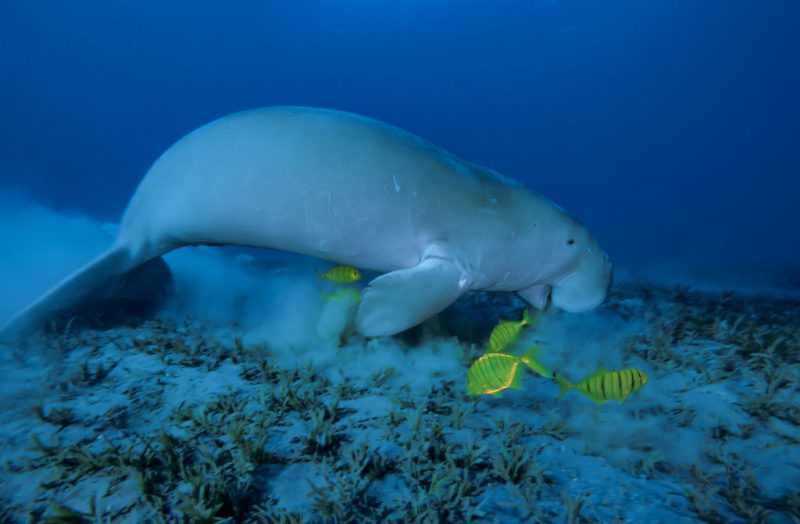
When speaking with the fishermen, the researchers found there had only been three dugong sightings over the previous five years, two of which were in areas far from where the sea mammals had been historically seen in China. This suggests they were “vagrant individuals” originating from the species’ Philippine population.
Given this, it was concluded there had been no verifiable sightings of a dugong since the 2000s, leading the study’s authors to state that the mammal is the first large vertebrae to become functionally extinct off the coast of China. This means that, while there may be some left in the area, there isn’t enough to sustain the population.
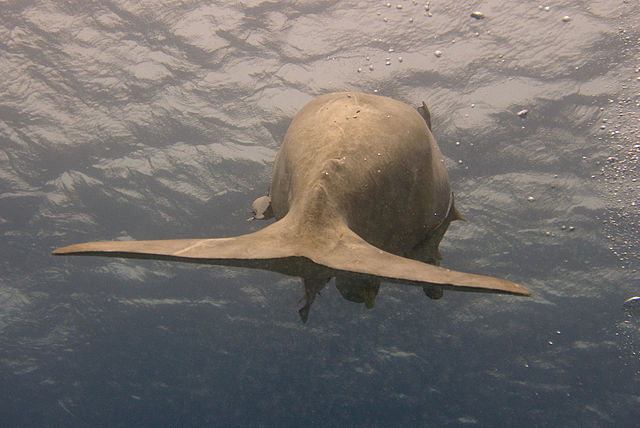
“Based on these findings, we are forced to conclude that dugongs have experienced rapid population collapse during recent decades and are now functionally extinct in China,” they wrote. They also added that “the dramatic population decline experienced by the species in recent decades is highly unlikely to be halted or reversed under current conditions.”
Seagrass degradation and humans are to blame
There are a number of reasons behind the dugong’s population decline not just in China, but across the world. The primary one, however, is seagrass degradation. Seagrass, which grows on the ocean floor, is the marine mammal’s primary source of food and is being threatened by a process called “eutrophication.”
Eutrophication is when algae blooms form as a direct result of human-caused increases to nutrients in the water. According to Samuel Turvey, a professor at ZSL‘s Institute of Zoology and a co-author on the study, this “decreases the ability of light to penetrate through seawater and thus prevents seagrass photosynthesis.”
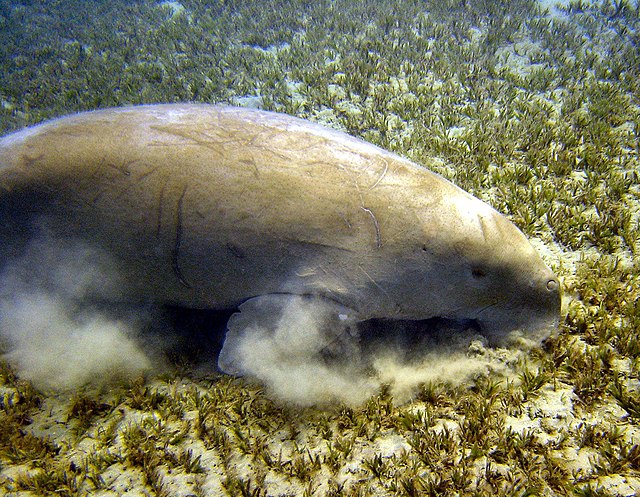
A second reason behind the decrease in China’s dugong population revolves around the country’s fishing industry. Overhunting and the use of fishing nets to catch other sea life has led many dugongs to die prematurely. On top of that, their tendency to graze near coastlines means they often get struck by boats, which can also kill them.
It’s said that 95 percent of adult dugongs must survive at least one year for the species’ population to remain stable. As well, only one to two percent of females can be killed by humans for the species’ numbers to not become depleted.
Failed efforts to save China’s dugong population
The dugong has been classified as a Grade 1 National Key Protected Animal by the Chinese State Council since 1988, following a rapid population decrease that began in 1975. This classification put them under the highest protection afforded by the country. However, many resided in the South China Sea, which has been struggling with overfishing and coastal development.
This increase in coastal development is largely the reason behind seagrass degradation in the area. While China has made seagrass restoration efforts a key part of its conservation efforts, the process is taking time that the dugong doesn’t have.
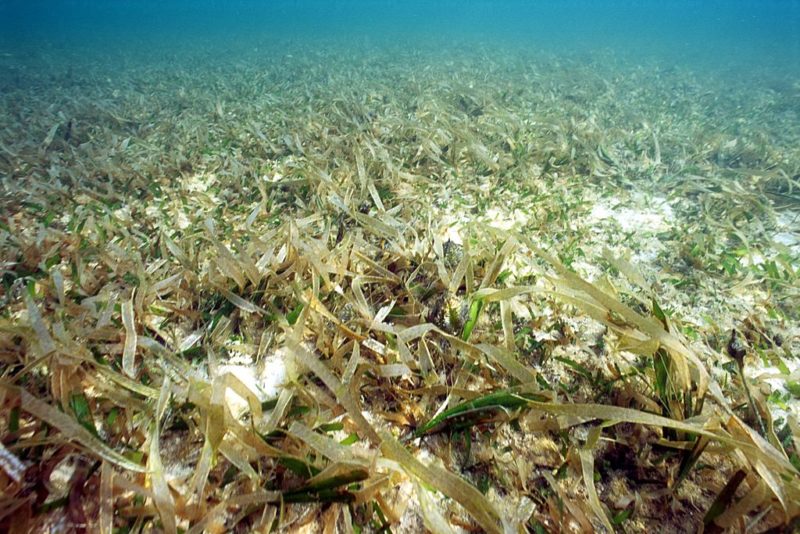
“Deliberate hunting combined with the degradation of seagrass beds and accidental entanglement probably together contributed to the rapid collapse of China’s dugong population,” the study’s authors wrote.
They added that the species’ extinction “reflects the latest stage in the progressive ecological deterioration of marine ecosystems in Chinese waters, which are home to approximately one-third of the world’s marine mammal species.”
What does this mean for the rest of the world?
There are approximately 100,000 dugongs living in the waters off 40 countries, and the species has been listed as vulnerable by the International Union for Conservation of Nature (IUCN). The largest population is found in the northern waters of Australia, between Shark Bay and Moreton Bay, thanks to the abundance of seagrass and sparse coastal populations.
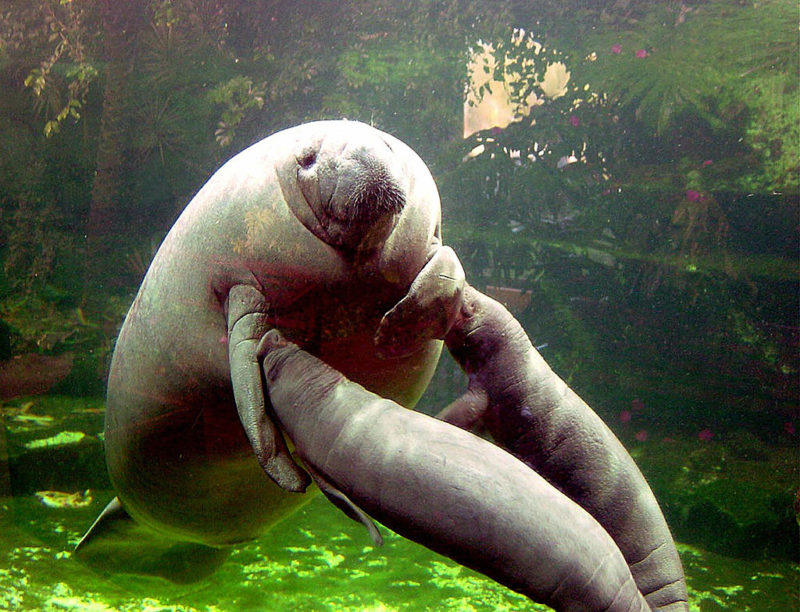
The new study is highlighting warnings from researchers who have said a similar fate could meet dugong populations residing in the waters in southeast Asia and off Japan’s coast. Speaking with The New York Times, Helene Marsh, an emeritus professor of environmental science at Queensland’s James Cook University, said:
“It’s a sad story and a salutary story. I don’t think it’s going to be the last place where people can conclude that dugongs are functionally extinct.”
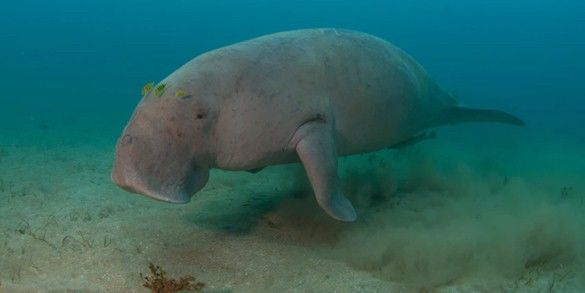
More from us: Giant Squid Washes Ashore On Cape Town Beach
Samuel Turvey also issued a stark warning of what could happen in the near-future, and called the study’s findings a “wake-up call” for everyone to place more of an emphasis on conservation efforts before it’s too late.
“The likely disappearance of the dugong in China is a devastating loss,” he said in a statement. “Their absence will not only have a knock-on effect on ecosystem function, but also serves as a wake-up call – a sobering reminder that extinctions can occur before effective conservation actions are developed.”





